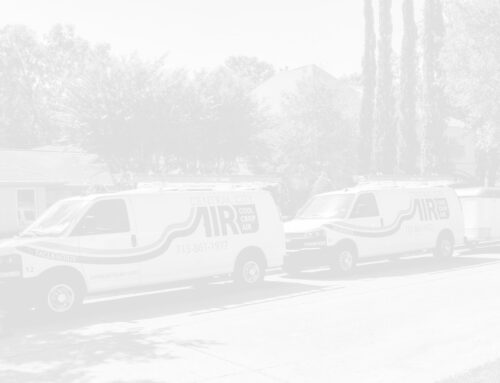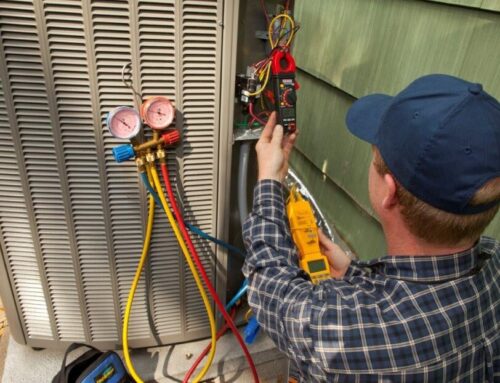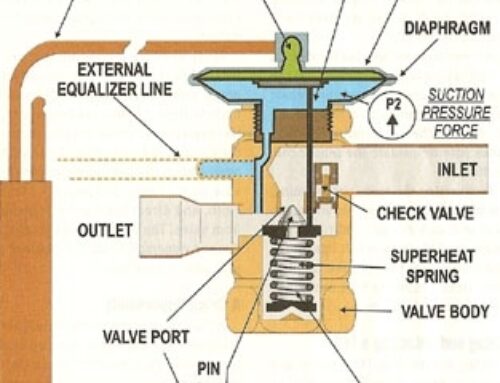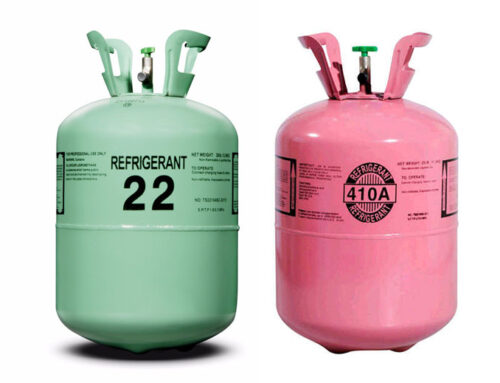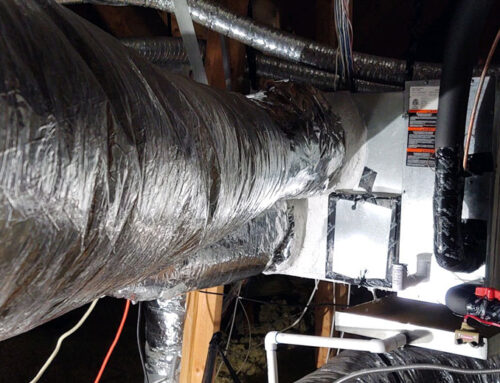Summer Extremes
The year 1998 will go into the history books as one of the hottest summers in recent history. We learned to tolerate the temperature extremes because we had no choice. Our only respite from the heat is the air conditioning in our homes. This summer we realized that some of us were not comfortable when temperatures exceeded our normal high of 95 degrees. There are many reasons for this and this article will attempt to inform you of the approach to minimize discomfort in your future. It is certain that we will again reach excessive temperatures sooner or later. Let’s look at the ways to fix our problems.
There are many components in the house that contribute to our success at attaining comfort. We will ask the questions and answer them in a way that will steer you toward the goal of complete comfort.
Is my system large enough to cool my house? What if the next time I buy a bigger unit, will this be a problem?
Equipment sizing is critical to the comfort level of the house. Too small of a unit will not satisfy the needs. A perfect sized unit will also run excessively whenever the cooling requirements are very high. Selecting equipment aggressively will solve the problem, that is, enough cooling for the worst conditions. If your system can handle any load at any temperature you will have comfort at a reasonable cost. Remember, the air conditioner’s job is to condition the air to make the house comfortable. Then it should shut off and rest.
Will a larger air conditioner cost more to run?
A larger air conditioner will not cost more to run than a somewhat smaller unit. This is because a larger air conditioner will not run as long to cool the space as a smaller unit will and thus the energy used will be the same or usually less. Once the thermostat is satisfied, the off time can add up to significant savings over a system that can just barely keep up.
I always heard that if you oversize the system even slightly, it will cause a humidity problem. Is this true?
Humidity can be a problem with any system design. Remember the air conditioner does two functions in the cooling cycle. It removes dry heat and wet heat. It removes them at different proportions based on many factors. The system must function correctly to allow the correct amount of dry and wet heat to be removed. If this is accomplished, humidity is under control. 55% is ideal humidity in the summer months and 50% to 60% is the range of acceptable comfort. Beyond 60% humidity in the summer months will generate mold and mildew in your system, usually on the cooling coil.
My system is not taking enough humidity out now and it is sized Aggressively. Is there a solution to this problem?
Yes, any system sized aggressively must have all the factors working correctly. These are proper insulation and ventilation in the attic, proper ductwork, minimal air leaks, proper air filtrations, balanced air flow, minimal air infiltration, enough return air, proper refrigerant charge, expansion valve coil control and correct coil sizing.
Let’s look at these factors:
Ventilation and Insulation:
Insulation levels should be R-38 in the attic and R-11 to R-13 in the walls.
Ductwork:
All ductwork does the same thing. It carries air from the air plenum to the supply outlets. There is good ductwork and there is great ductwork. Good ductwork is flex duct and great ductwork is all sheet metal. Flex duct should be at least R-6 insulation and should be sized by the contractor to flow at no more than 600 feet per minute. While that sounds complicated, you can obtain an airflow chart at Home Depot and use it yourself. All sheet metal is usually round, externally wrapped and can be sized at 900 feet per minute. This is 50% greater airflow than flex duct. All sheet metal systems can reduce attic heat losses by 50% due to a reduction in the amount of exposed duct. This is why a “hard duct” system is the best value for a long-term solution to airflow problems.
The duct system must be installed with sealed joints to minimize air losses from leaks. Also, quality, balancing dampers offer greater air balancing solutions to any airflow needs or changes desired.
Duct leaks result in air loss in the attic. This air loss must be replaced by infiltrated air. It is desirable to minimize infiltrated air because it is unfiltered and not processed. It brings in humidity and dirt into an otherwise clean environment.
If you have excessive infiltration, it is better to control it by bringing in fresh air into a filtered return and make up for the air that would come in through infiltration.
Proper Refrigerant Charge
Correctly charging a system is a most important factor in overall performance and proper humidity removal. 10% out of balance on a refrigerant charge can effect the electric costs by 25%. This is because the time it takes a system to satisfy your set point is based on proper refrigerant balance in the system. This means an expansion valve, properly selected and installed, a sight glass for easy monitoring of the refrigerant level, and the correct coil sizing to allow for balanced dry and wet heat removal.
Equipment Sizing Based on Simple House Design
This is controversial to say the least. But it is after many years of trial and error, that it is apparent that sophisticated computerized load analysis does not always hit the mark. This is not the fault of the program as much as the lack of experience of the person using the program. So follow some simple guidelines when selecting equipment.
-
The load on a well-insulated house is almost identical to a poorly insulated house.
-
Thermo pane windows, while desirable, should not be selected to reduce the heat load on a house. They have little effect.
-
A tight house is more desirable than a loose house, only because the environment can be controlled more exactingly.
-
Humidity is controllable on any house design.
-
Equipment run time will be effected by house design more than equipment sizing.
-
500 square feet per ton is still correct for today’s home designs. This is for standard ceiling height below 9 feet. Higher ceilings require more cooling power.
-
A 1000 square area with a 16-foot ceiling is the same as a 2000 square foot area with an 8-foot ceiling.
-
Two store open areas require at least twice the cooling per square foot of cooling power.
-
Return airs throughout the house enhance the cooling performance, but do not reduce the amount of cooling required.
-
Vapor barriers destroy the environment you live in as well as the house structure. Avoid all use of vapor barrier materials.
When Selecting a Contractor, Here are Some Questions to Ask.
-
Do you install expansion valves with your systems?
-
What sealants do you use to seal against duct leaks. Duct tapes do not work!
-
What filtration do you recommend?
-
Will my electrical system handle a bigger system?
-
Do I have adequate ductwork to carry the air flow needs to cool this house?
-
Are any improvements needed in return air locations to enhance my comfort?
-
What thermostat is correct for my lifestyle?
-
Should I consider zoning this house or is a single system the most correct way to cool my home?
-
Are there any considerations to keep my house comfortable when temperatures exceed the normal 95 degrees peak?
-
Is your system designed to keep humidity levels at or near 55%?
With careful analysis and asking the right questions, your chances for successful comfort solution are greatly improved. Know what you are buying, whom you are buying from and what to expect when the job is completed. There are no mysteries that cannot be solved with today’s modern technologies. Comfort is the goal that everyone wants to obtain.


